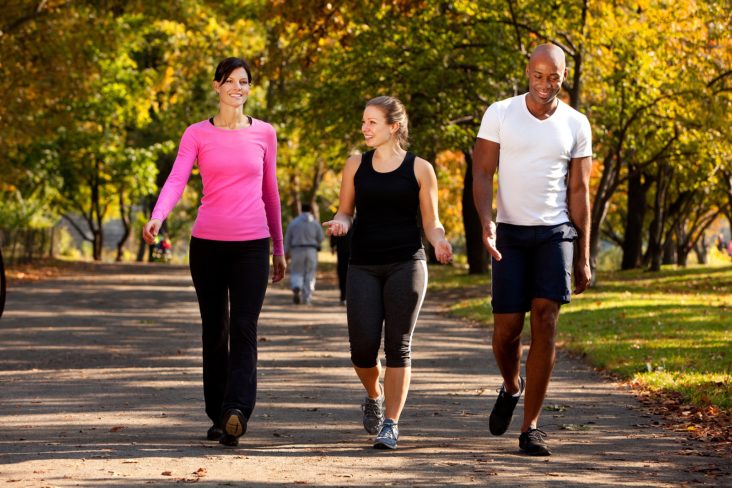How important is breathing?
The short answer is…. VERY!
I know this sounds like a silly question and silly answer – of course breathing is important, without oxygen our bodies wouldn’t survive. But I’m here to explain why breathing is not only vital to living, but is important for pain management and musculoskeletal health.
The first important piece of information is to know and understand what the diaphragm is. The diaphragm is our main breathing muscle. It sits at the bottom of our rib cage and when our brain tells us to breath in, it gets the diaphragm to contract, pulling it downwards and leading to decreased pressure in our chest cavity. This change in pressure allows air from the outside to flow into our lungs with ease. When we breath out, the diaphragm relaxes, pushing the air back out of the lungs.
https://media1.britannica.com/eb-media/36/92936-004-8881E781.jpg
I assess breathing in almost every patient I have, especially those with low back and neck pain.
In patients with low back pain, there is often a large focus on core stability and core strengthening. What you may not realize, your diaphragm is really the top part of that ‘core’ that we talk about so much. By focusing on your diaphragm while breathing and allowing it to work optimally, you are training your core. There is evidence showing faulty breathing patterns in a significant number of patients with low back pain, compared to their pain free counterparts.
http://ibphysio.com.au/wp-content/uploads/2015/04/core-muscles.jpg
In patients with neck pain, there tends to be a lot of ‘chest breathers’. Instead of using their diaphragm to control breathing, these patients often use their accessory breathing muscles in the neck that really only need to be activated when we’re exercising very hard and need to have hard, rapid breathing. So again, by focusing on your diaphragm while breathing and allowing it to work optimally, you are allowing those accessory breathing muscles in the neck to have a break so they can stop taking on another muscle’s job.
http://www.physio-pedia.com/images/e/e7/949_937_muscles-of-respiration.jpg
Finally, breathing plays an important role in pain management. When we are in pain, our sympathetic nervous system turns on (i.e. fight or flight response). This tells our brain that something bad is going on and every sensation becomes amplified. When our sympathetic nervous system is amped up, we tend to use shallow, rapid breaths; this is not the most efficient way to oxygenate our tissues. By taking some time to focus on diaphragmatic breathing, and taking slow, deep breaths, we are actually able to ‘trick’ our brain and tell it that everything is okay, by turning on our parasympathetic nervous system instead (i.e. rest and digest response). This allows for a decrease in sensitivity to painful stimuli which really just means that our brain will tell us we have less pain than we did before.
https://s-media-cache-ak0.pinimg.com/736x/42/fb/98/42fb981f07b10cbb16164c8be93600d5.jpg
So in summary, BREATHE! It will help you in more ways than you even knew.
Author: Dr. Allie Dennis
Resources:
Roussel N, Nijs J, Truijen S, Vervecken L, Mottram S, Stassijns G. Altered breathing patterns during lumbopelvic motor control tests in chronic low back pain: a case-control study. European Spine Journal. 2009; 18: 1066-1073
Chaitow L. Breathing pattern disorders, motor control, and low back pain. Journal of Osteopathic Medicine. 2004; 7(1): 34-41.
Cagnie B, Danneels L, Cools A, Dickx N, Cambier D. The influence of breathing type, expiration and cervical posture on the performance of cranio-cervical flexion test in healthy subjects. Manual Therapy. 2008; 13(3): 232-238.
Jerath R, Edry JW, Barnes VA, Ferath V. Physiology of long pranayamic breathing: Neural respiratory elements may provide a mechanism that explains how slow deep breathing shifts the autonomic nervous system. Medical Hypotheses. 2006; 67(3): 566-71.


